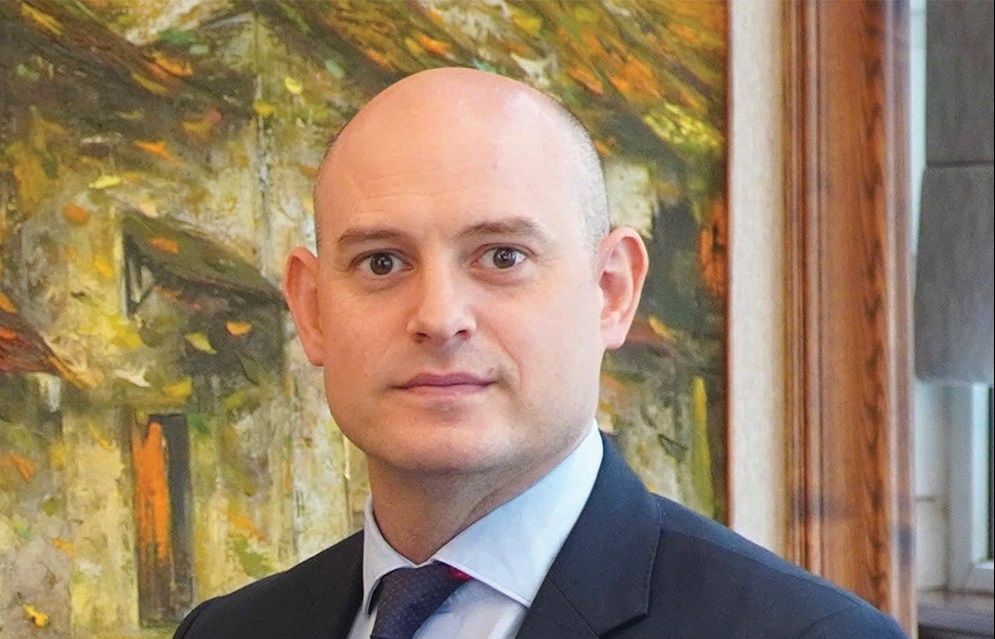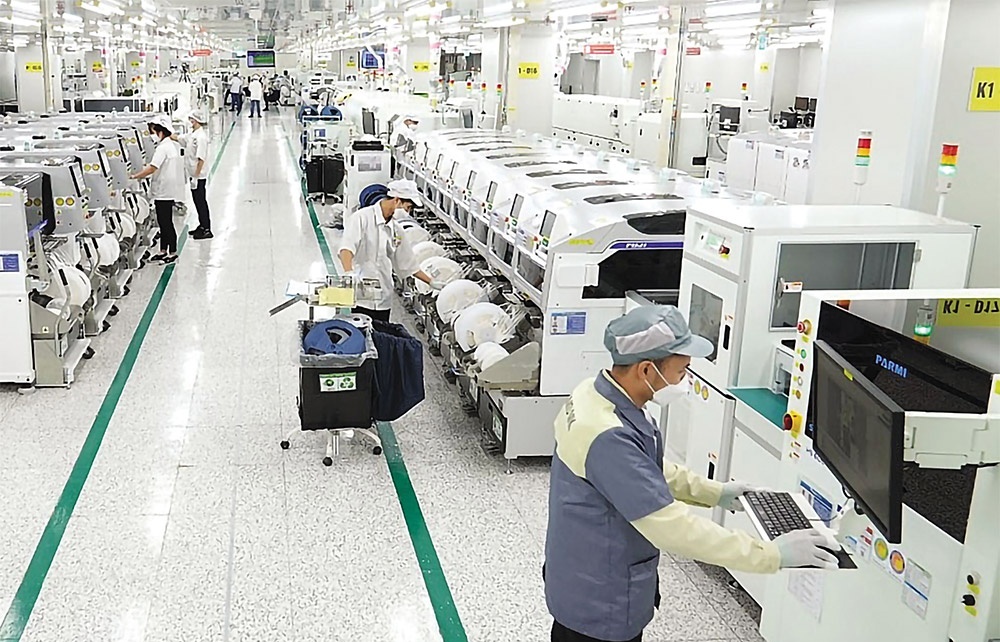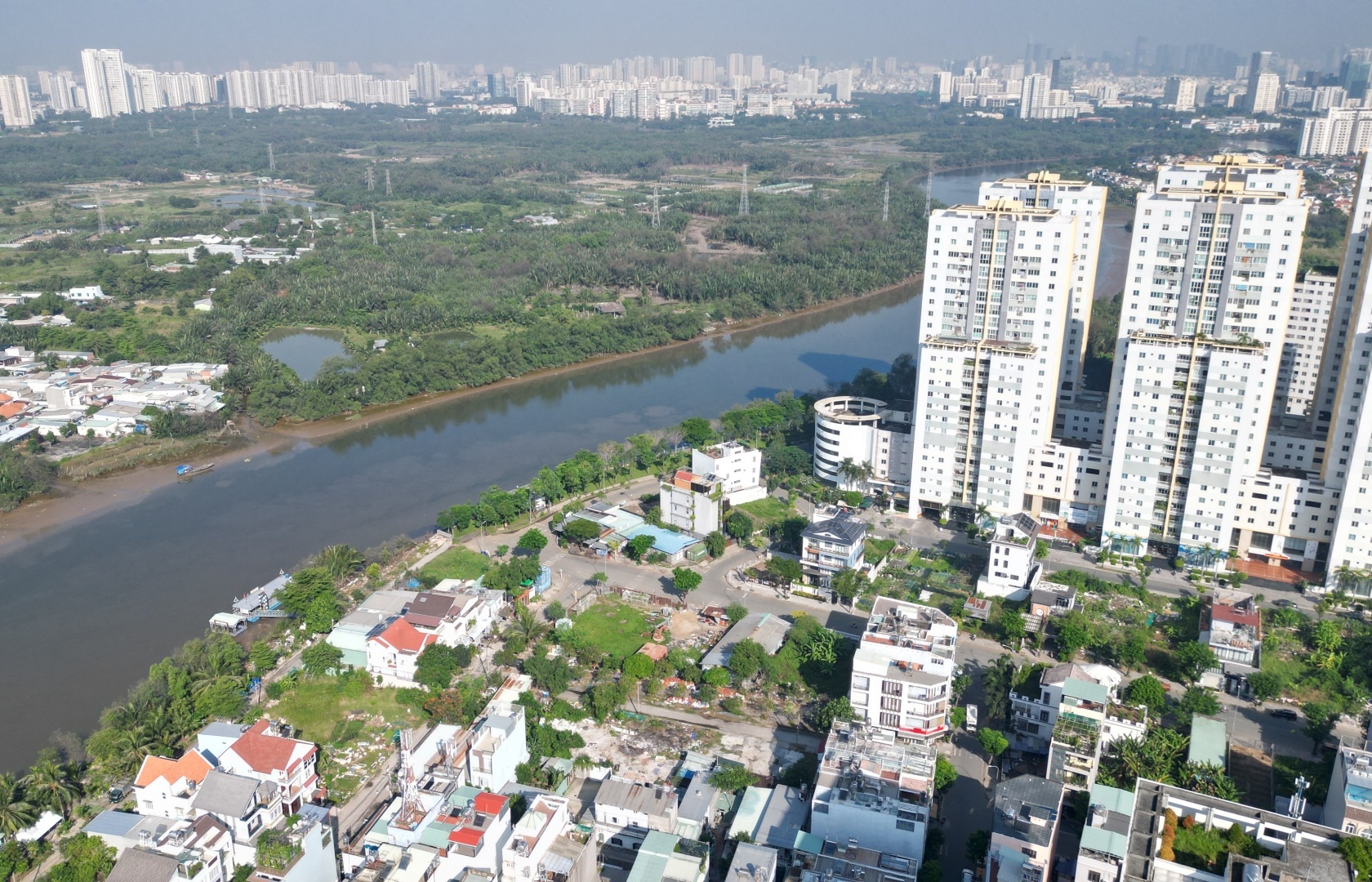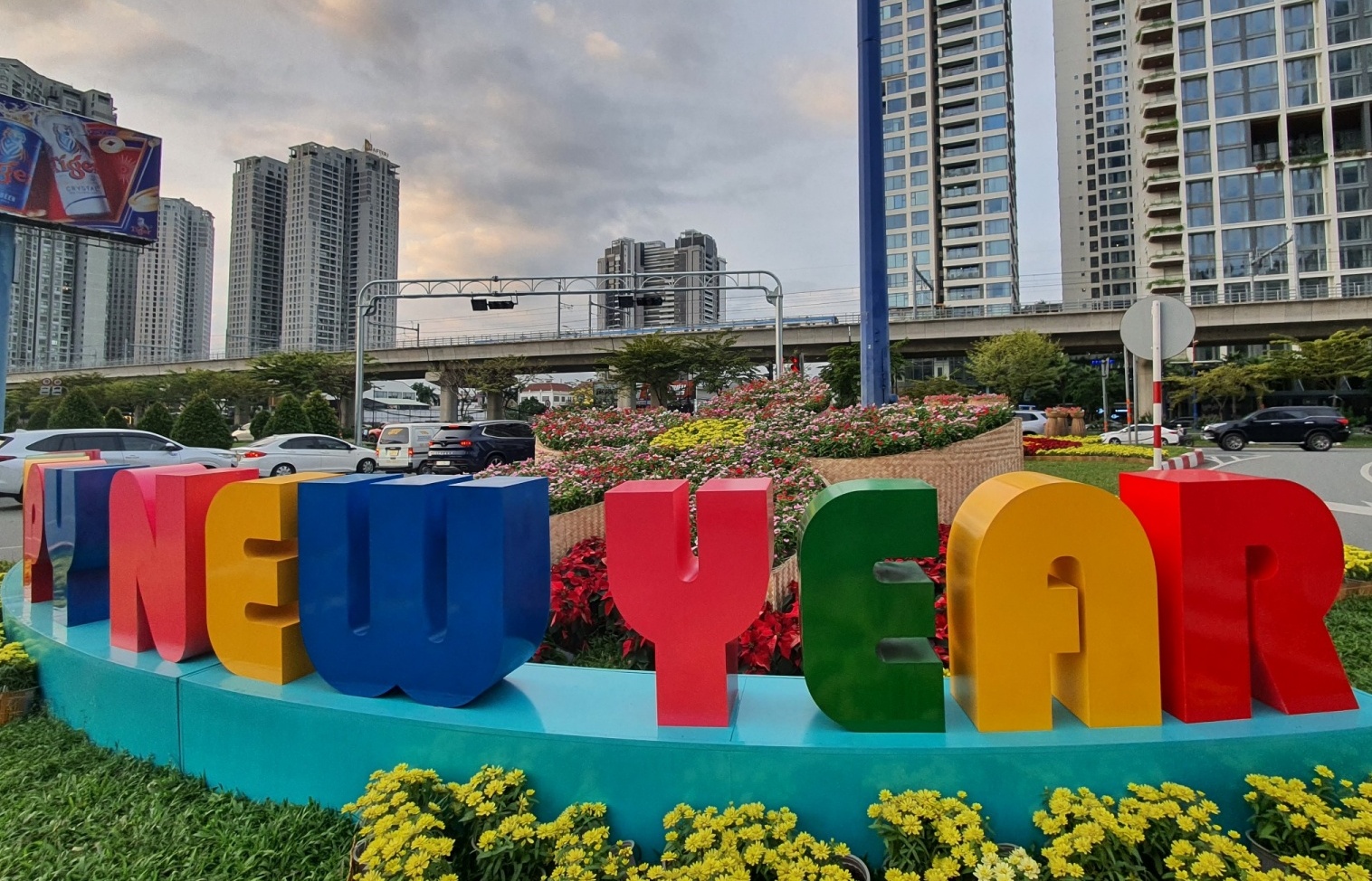Living in the lap of luxury
 Fifteen years ago having a mobile phone or an automatic motorbike was a luxury.
Fifteen years ago having a mobile phone or an automatic motorbike was a luxury.
Both items would have been considered luxury products in a time when bicycles were the main mode of transport, and telephones were most commonly found for use as “dien thoai cong cong”. Today, no one would consider a mobile phone or an automatic motorbike a luxury at all.
What is and what is not luxury will be defined not by property agents, developers, or foreigners but by the Vietnamese market itself. It is the market who will decide what luxury is – in type, quality and price. After all, the use of the term luxury more often than not is nothing more than a marketing technique used to justify price.
With regard to the property market in Vietnam, the real question is - are these properties able to provide “a state of great comfort or elegance, especially when involving great expense” as defined by the Oxford Dictionaries Online? The market is delivering luxury homes at great expense but are these luxury homes comfortable, elegant, and truly luxurious? Are they able to deliver a luxury lifestyle?
The definition of such an abstract and subjective concept as luxury has been elusive, and depends entirely on market sentiment. The most common denominators in defining luxury are location, size, and price. Luxury residences are dependent on the most fundamental element of real estate - location, perhaps more so than other classes of real estate. Whether that location is a district, a neighbourhood or a particular road, the location of a home affects its value, and ultimately becomes a primary factor in determining luxury.
To live in a state of great comfort, size matters. The size of the property both inside and outside the home factors into the standard of luxury. What can demonstrate your wealth more than holding a large, expensive space that is used for nothing more than personal enjoyment?
After location, price seems to be the foremost defining factor. A high price limits the quantity of homes created, and acts as a barrier which allows access to only the wealthiest of buyers.
Developers must walk a fine line walk between the asking and selling prices while justifying the price versus the attributes of the property. Trophy homes, a measure of success which may be based on price alone, may not truly be luxurious.
All three elements apply in Vietnam, but the construction quality along with the finish, fittings, features and the facilities available can make a property truly luxurious in Vietnam. Lastly, the level of services within the development, such as security and landscaping, are elements that help create a sense of comfort and tranquillity for buyers thus helping to create a luxury lifestyle. As most luxury properties in Vietnam have yet to be seen, it is quite likely that the current factors used to define luxury may change in the future. For now, though, they are quite relevant.
In comparison to Singapore, the evolution of luxury properties followed a similar path to Vietnam. Moving away from initial factors such as quality and construction, into branded designers and now projects strive for lifestyle services such as butlers and private boat slips to be defined as luxury and super luxury.
The heights of luxury are still climbing. Just this year in the UK, a condominium was launched at $60,000 per square metre. With the largest units approaching 670 square metres, which incur annual service charges of $235 per square metre, this property is currently the most expensive condominium on the market in London.
With this price tag comes an address on Knightsbridge Road, one of the most prestigious roads in all of the UK, and commensurate services and amenities. The development, One Hyde Park, offers fortress-like security with eye-scanning locks in the lifts, panic rooms, and bullet proof glass. Aside from security, the property has a private cinema, wine cellar, a valet, concierge service, and room service is available from the Mandarin Oriental hotel next door as well as 12 different marbles in the lobby and premier retailers on the ground floor.
While no one is currently asking upwards of $10,000 per square metre in Vietnam, rumours abound of new CBD properties approaching this price level. However, as developers in Vietnam try to sell property under luxury branding, to ever more aspirational buyers, prices as well as the other factors of luxury are being pushed upwards. The levels of service and facilities in Vietnam are increasing, as buyers seek more and better value in the factors previously discussed - service, amenities, fixtures, fittings and so on.
As stated, property will be judged and determined by the harshest critics of all – the real estate market itself. What do Vietnamese property buyers consider luxury? Is it high-tech electronic management systems which allow buyers to control appliances and air-con in their apartments using their mobile phones? Is it elegant landscaping? Or is it pure location of their new home in the city centre? More importantly, is luxury only determined by price or does it incorporate quality and amenities as well? Buyers vote with their dollars, and the rest of us – property agents, developers, architects and designers must step aside and take note.
While the luxury property market can be dynamic in general, in Vietnam the real estate industry is often left scratching its head wondering who will target the much larger portion of buyers in the market – those in the emerging middle class seeking to purchase a home. This underserved market offers enormous growth potential for the future.
What the stars mean:
★ Poor ★ ★ Promising ★★★ Good ★★★★ Very good ★★★★★ Exceptional
Related Contents
Latest News
More News
- Vietnam’s real estate market on a path to recovery (December 27, 2024 | 16:30)
- VinaLiving hands over luxury condotels at Ocean Resort Quy Nhon (December 26, 2024 | 16:13)
- Realty interest hitting the heights in Vietnam (December 24, 2024 | 16:58)
- Building a thriving community with KTG Industrial (December 24, 2024 | 11:00)
- A vibrant period on horizon for mergers and acquisitions (December 23, 2024 | 15:00)
- Merry Plaza brand announced (December 23, 2024 | 14:40)
- Big real estate deals forging ahead (December 23, 2024 | 10:52)
- Rising house prices putting buyers off (December 19, 2024 | 09:00)
- Merry Plaza Saigon Mia to open in late December (December 18, 2024 | 10:03)
- Eaton Park celebrates double triumph at Asia Property Awards 2024 (December 18, 2024 | 09:46)



 Tag:
Tag:

















 Mobile Version
Mobile Version